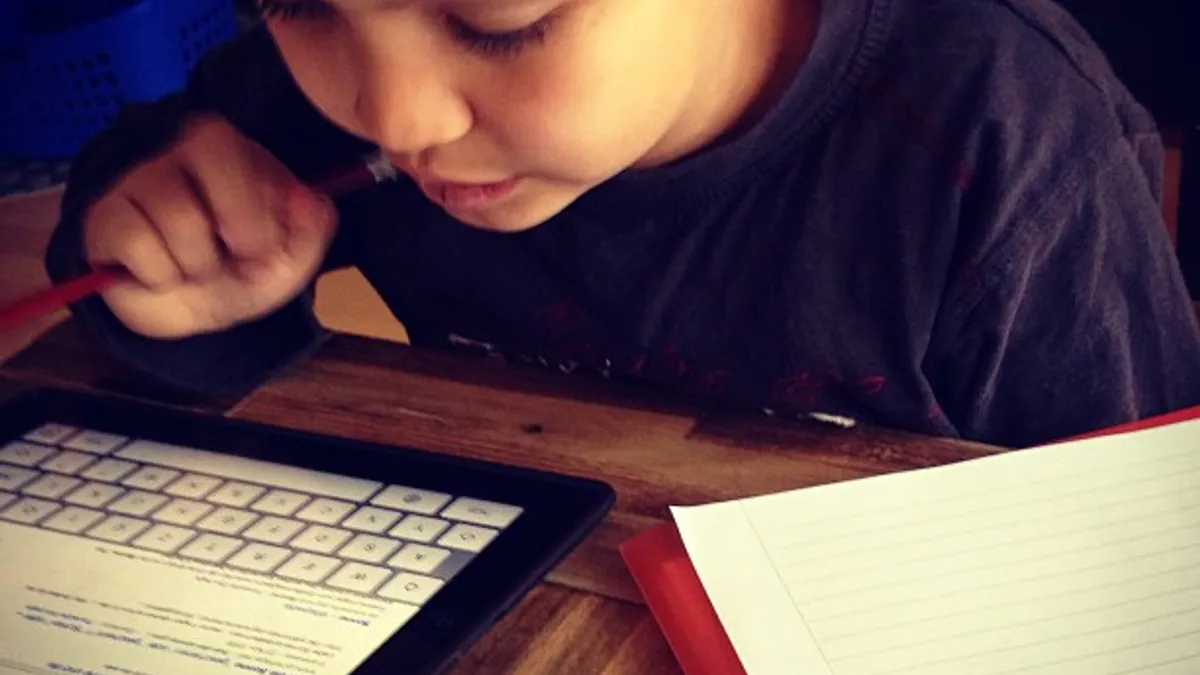Dive Brief:
- Devices like iPads and Chromebooks often come with built-in assistive technology or easily accommodate applications that provide it, increasing opportunities for students with special learning needs as well as their typically-abled peers.
- The Hechinger Report writes teachers at MS 88, a Brooklyn middle school that personalizes learning with the help of the Summit Basecamp platform, have responded to that possibility by teaching a broader spectrum of students in a single classroom, tailoring instruction for individuals with the help of these online tools.
- Today’s teachers are more familiar with some assistive technology than they were in the past, benefiting students with special needs, but the 2016 National Education Technology plan said teacher training is lagging, urging more comprehensive professional development in schools as well as improved teacher preparation at the pre-service stage.
Dive Insight:
Lessons and assignments that are designed for digital tools have a greater chance of being accessible to students with disabilities than the paper-and-pencil assignments that preceded them. This opens up possibilities for students with special needs in general education classrooms.
And with universal design principles becoming common among tech developers, there is a two-pronged benefit for students. Accommodations for students with disabilities can be more discretely applied and students who are not classified as having special needs can take advantage of assistive technologies that will help them learn. In the meantime, mixed classes give all students exposure to those who learn differently, fostering useful skills for their futures in the workplace.













